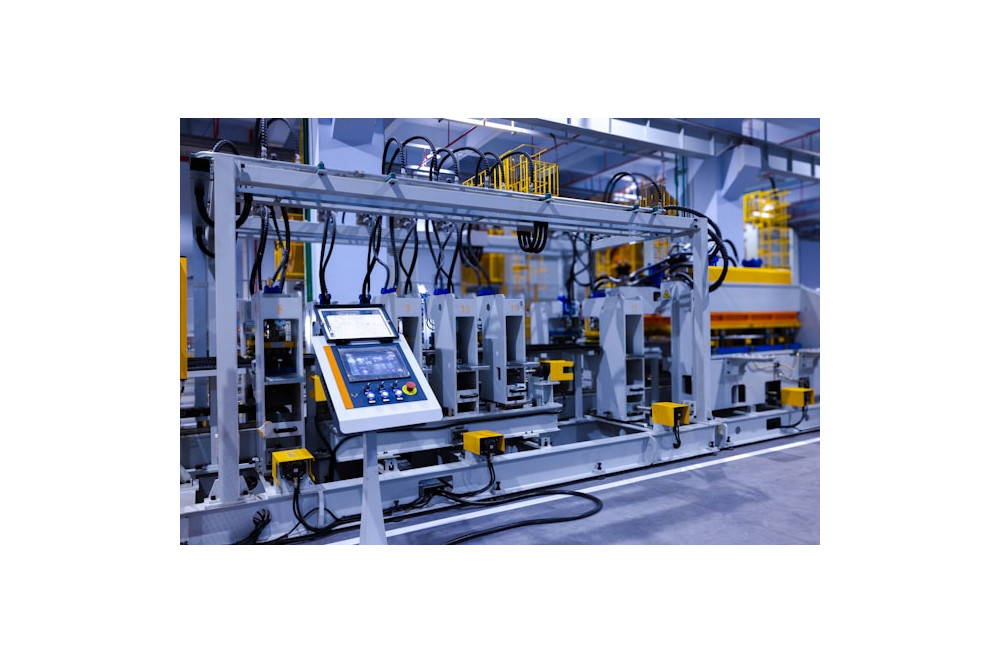Boosting Factory Performance with Advanced Monitoring Solutions
Advanced monitoring solutions are revolutionizing factory performance by providing real-time insights into production processes. These systems help identify bottlenecks and inefficiencies, enabling smoother operations and improved productivity. Here’s how advanced monitoring solutions can significantly boost factory performance:
Boosting Factory Performance with Advanced Monitoring Solutions
While learning more about your production, pay attention to overall equipment efficiency and the downtimes, which stops you from performance growth.
1. Identifying and Eliminating Bottlenecks
Benefit:
- Enhanced Workflow: Advanced monitoring systems continuously track production processes, identifying bottlenecks that slow down operations.
How It Helps:
- Real-Time Alerts: Immediate alerts notify managers of any slowdowns or stoppages, allowing for prompt intervention.
- Data Analysis: Detailed data analysis pinpoints the exact location and cause of bottlenecks, facilitating targeted improvements.
Example: A case study by McKinsey & Company showed that implementing real-time monitoring systems helped a manufacturing plant reduce bottlenecks by 25%, leading to a smoother and more efficient production process (Deloitte United States).
2. Improving Resource Utilization
Benefit:
- Optimal Resource Allocation: Monitoring systems provide insights into how resources are used, helping to optimize their allocation and minimize waste.
How It Helps:
- Resource Tracking: Continuous monitoring of material usage and labor productivity ensures that resources are utilized efficiently.
- Operational Adjustments: Data-driven insights allow for real-time adjustments to resource deployment, enhancing overall productivity.
Example: A textile manufacturer used advanced monitoring to track fabric and labor usage, resulting in a 15% reduction in waste and improved efficiency (Manufacturing Today).
3. Enhancing Maintenance Strategies
Benefit:
- Proactive Maintenance: Predictive maintenance capabilities enabled by monitoring solutions help prevent unexpected equipment failures.
How It Helps:
- Predictive Analytics: Analyzing machine data predicts when maintenance is needed, allowing for proactive scheduling.
- Reduced Downtime: Preventive measures reduce the frequency and duration of equipment downtime, ensuring continuous operations.
Example: General Electric (GE) reported a 30% reduction in equipment downtime through the use of predictive maintenance driven by real-time monitoring solutions (Gartner).
4. Ensuring Quality Control
Benefit:
- Consistent Quality: Continuous monitoring ensures that production processes consistently meet quality standards, reducing defects and rework.
How It Helps:
- Quality Monitoring: Real-time data on production parameters allows for immediate corrective actions if quality issues arise.
- Process Standardization: Ensuring adherence to quality standards throughout the production process enhances product reliability.
Example: A consumer electronics manufacturer improved product quality by 20% by implementing real-time monitoring to maintain strict quality control (Manufacturing Today).
5. Optimizing Production Schedules
Benefit:
- Flexible Scheduling: Real-time insights enable dynamic adjustments to production schedules, optimizing throughput and reducing lead times.
How It Helps:
- Real-Time Data: Monitoring systems provide up-to-the-minute data on production progress, facilitating more accurate and flexible scheduling.
- Enhanced Planning: Better visibility into production status helps planners adjust schedules to accommodate changes in demand or production capacity.
Example: A food processing company reduced lead times by 10% by using real-time production data to optimize scheduling and improve throughput (Advanced Technology Services).
6. Facilitating Better Decision-Making
Benefit:
- Data-Driven Decisions: Advanced monitoring solutions provide comprehensive data that supports more informed decision-making at all levels of the organization.
How It Helps:
- Actionable Insights: Detailed reports and dashboards offer actionable insights that help managers make informed decisions to improve operations.
- Strategic Planning: Historical data analysis combined with real-time insights supports long-term strategic planning and continuous improvement efforts.
Example: An automotive parts manufacturer enhanced decision-making processes by leveraging real-time data analytics, resulting in a 20% increase in overall productivity (RSM US).
Conclusion
Advanced monitoring solutions are essential for boosting factory performance by identifying bottlenecks, optimizing resource utilization, enhancing maintenance strategies, ensuring quality control, optimizing production schedules, and facilitating better decision-making. By leveraging these technologies, manufacturers can achieve smoother operations, improved efficiency, and significant cost savings. Implementing these systems is a strategic move towards achieving operational excellence and maintaining a competitive edge in the market.
Interested in digital transformation? Let's discuss!
